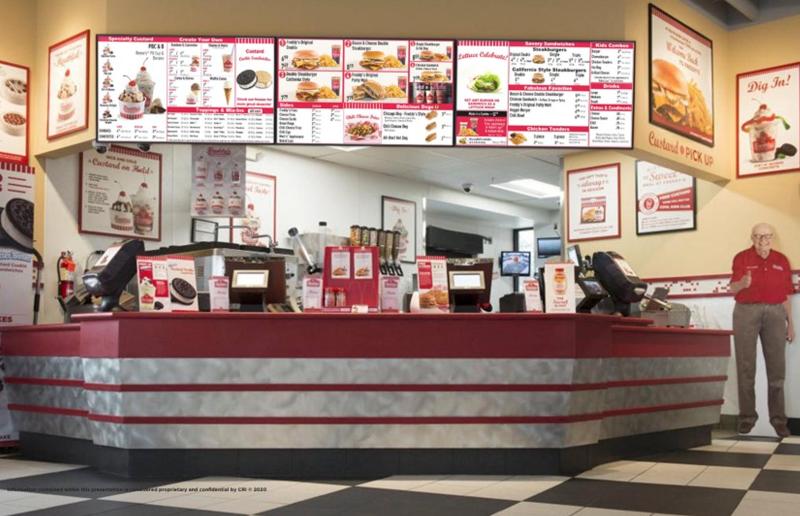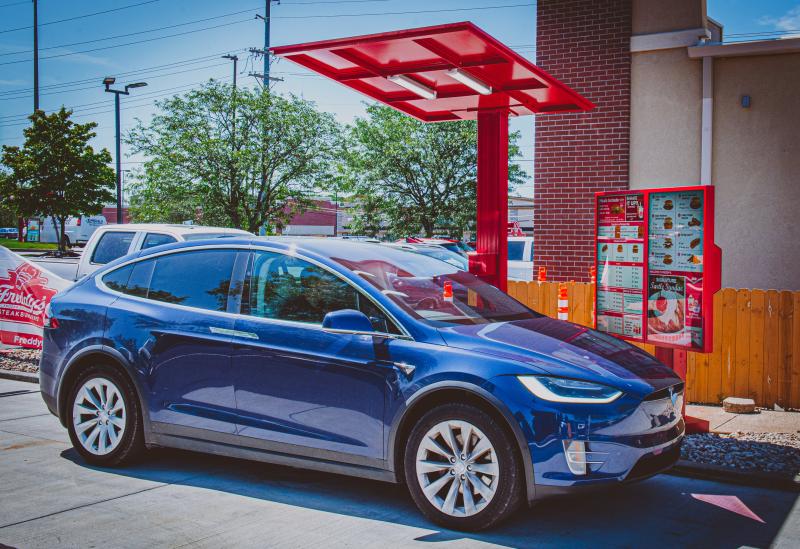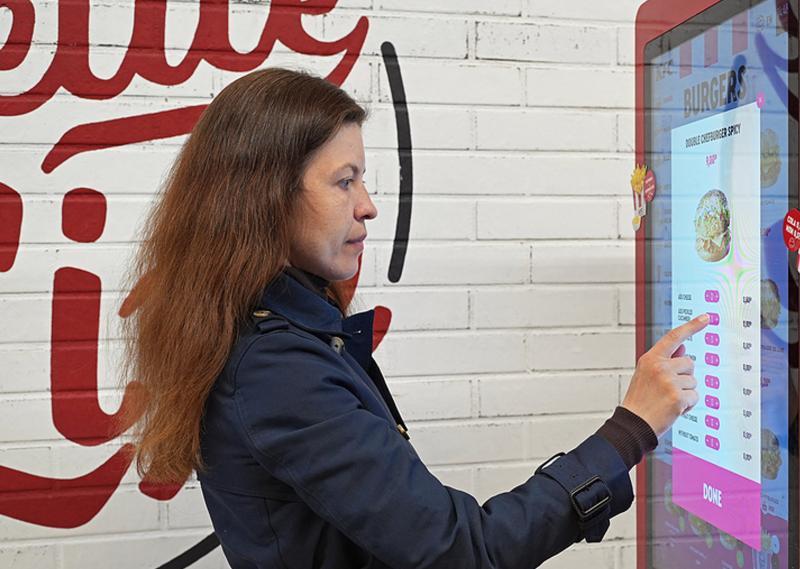The burning question in nearly every digital signage deployment designed to help facilitate sales is the same – how soon will there be a return on investment?
We know that the capex required to stand up a digital signage deployment – especially at any sort of scale – is significant. For restaurants, there’s often even more urgency in answering this question, as the operating margin is small and an error in investment can have long-term negative impact on the business. Both independent and franchise restaurants have this issue, as the bulk of the installation cost is typically borne by the operator.
So, it must be really easy to calculate return on investment, right?
Unfortunately, the answer is still no. While there have been some studies into the defensibility of the business model for digital menu boards, the reality is that there is no reliable fact base that can be confidently applied in a given situation. Most of the estimates of actual uplift in sales are directional, and typically installations will see an initial Disney effect, where bag sizes improve for a period of time, and then taper back to more normalized levels.
With all of that said, you may be wondering why I am so confident that digital menu boards will become fully mainstream, especially in drive thrus, where the costs are multiples higher than indoor. The reason is that the benefits for digital menu boards are diverse, and given the confluence of factors right now, they’re becoming increasingly hard to ignore. When you consider the improvements in both the hardware and software for digital menu boards and the relative reduction in costs of hardware against the realities of operating a restaurant with staff shortages, dramatic shifts in cost of goods, and unstable supply chains, digital menu boards look increasingly appealing.

Four Key Benefits of Digital Menu Boards
There are four key benefits that restaurant operators should consider when determining whether to invest in digital menu boards:
1. Cost Management
As cost of goods increase in tandem with labor costs, restaurant operators are looking to trim costs wherever possible. For many brands, the cost reductions connected with printed marketing materials can be a significant recurring benefit of digital menu boards. For brands with environmental, social and governance (ESG) commitments, digital menu boards can also help to reduce waste and impact. From a labor management standpoint, digital menu boards can reduce the labor overhead in maintaining up-to-date menus and marketing; and with current widespread staffing shortages, those time savings can be especially meaningful.
2. Opportunity Costs
Let’s be realistic – having outdated menus has a significant opportunity cost. Even in normal conditions, marketing compliance in franchise restaurants is notoriously low, so there is real danger in menus and point of sale becoming out of sync, which can result in lost time and lost revenue. In our current conditions, the stakes are much higher. With print menus it’s nearly impossible to be reactive to changes in item pricing and in availability. Even without particularly sophisticated software, being able to change the items displayed, the pricing and item outages can have significant positive revenue impact.
3. Guest Experience
Guests are becoming more sophisticated and sensitive to key indicators that a restaurant is not operating with enough care. There’s undeniable improvement in brand impact when upgrading from print menu boards to digital boards, and this is especially true in the drive thru where antiquated board enclosures often have significant negative impact on the overall impression of the brand. When you start to layer in more sophisticated capabilities such as on-screen order confirmation and loyalty indicators, the effects to guest experience are even further amplified. You are competing for share of stomach based largely on guest experience, so this is a factor that should not be underestimated in its impact.
4. Incrementality
The biggest question – will I sell more? There’s at least anecdotal evidence that a three to five percent increase in sales is achievable with even baseline functionality and solid graphic design. However, when suggestive sell capabilities to make product recommendations are added to the experience, there can be greater impact to ticket size. Democratization of technology to enable these features is happening in real time, with many digital signage companies offering these capabilities as part of or add-ons to their software subscription models – so, these features are no longer just for the major players such as McDonald’s, Starbucks and RBI. The most robust capabilities, personalization – based on either identified customer or at the restaurant level – and advanced analytics to drive data-driven merchandising are a bit further off, but will soon have broader adoption and allow for even higher returns through incremental sales.

Given the broad range of benefits across multiple angles, including cost reductions, opportunity costs and incremental sales through improvements in both guest counts and bag size, a holistic business case starts to emerge.
It is often said that your customer’s best experience anywhere becomes their expectation everywhere. As more of the top 25 QSR brands begin to roll out digital menu boards in their drive thrus, and that field is becoming more crowded, the bar is going to be raised for the entire industry as customers adjust to these more streamlined and seamless experiences. The question will soon shift from “Should I install digital menu boards” to “When should I install digital menu boards.” The case is becoming clear, and proactive operators would be wise to start to consider more carefully the implications of transitioning to digital menu boards.
At my upcoming session, “Digital Menu Boards: The Value Proposition for Brands and Customers,” which will be presented at Questex’s Digital Signage Experience (DSE) in Las Vegas on Nov. 17, attendees will learn three important things. First, I’ll share why the time is right for digital signage, especially in drive thru. Second, I’ll discuss the need-to-have features that will drive the most customer and business value. And, finally, I’ll cover how to assemble the team you’ll need to ensure a successful and future proof digital menu board program.
To learn more about Questex’s Digital Signage Experience, taking place at the Las Vegas Convention Center (Central Hall), Nov. 17-19, 2022, visit DigitalSignageExperience.com.

Jackie Walker is the retail experience strategy lead, North America, at Publicis Sapient. Publicis Sapient is a digital business transformation company. The organization partners with global businesses to help them create and sustain competitive advantage in a world that is increasingly digital. For more information, visit PublicisSapient.com.
Plan to Attend or Participate in
Bar & Restaurant Expo, March 27-29, 2023
To learn about the latest trends, issues and hot topics, and to experience and taste the best products within the bar, restaurant and hospitality industry, plan to attend Bar & Restaurant Expo, March 27-29, 2023 in Las Vegas. Visit BarandRestaurantExpo.com.
To book your sponsorship or exhibit space at Bar & Restaurant Expo, contact:
Veronica Gonnello
(for companies A to G)
e: [email protected]
p: 212-895-8244
Tim Schultz
(for companies H to Q)
e: [email protected]
p: (917) 258-8589
Fadi Alsayegh
(for companies R to Z)
e: [email protected]
p: 917-258-5174
Also, be sure to follow Bar & Restaurant on Facebook and Instagram for all the latest industry news and trends.
